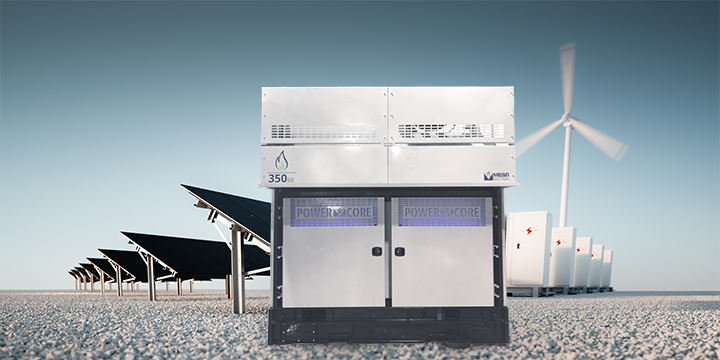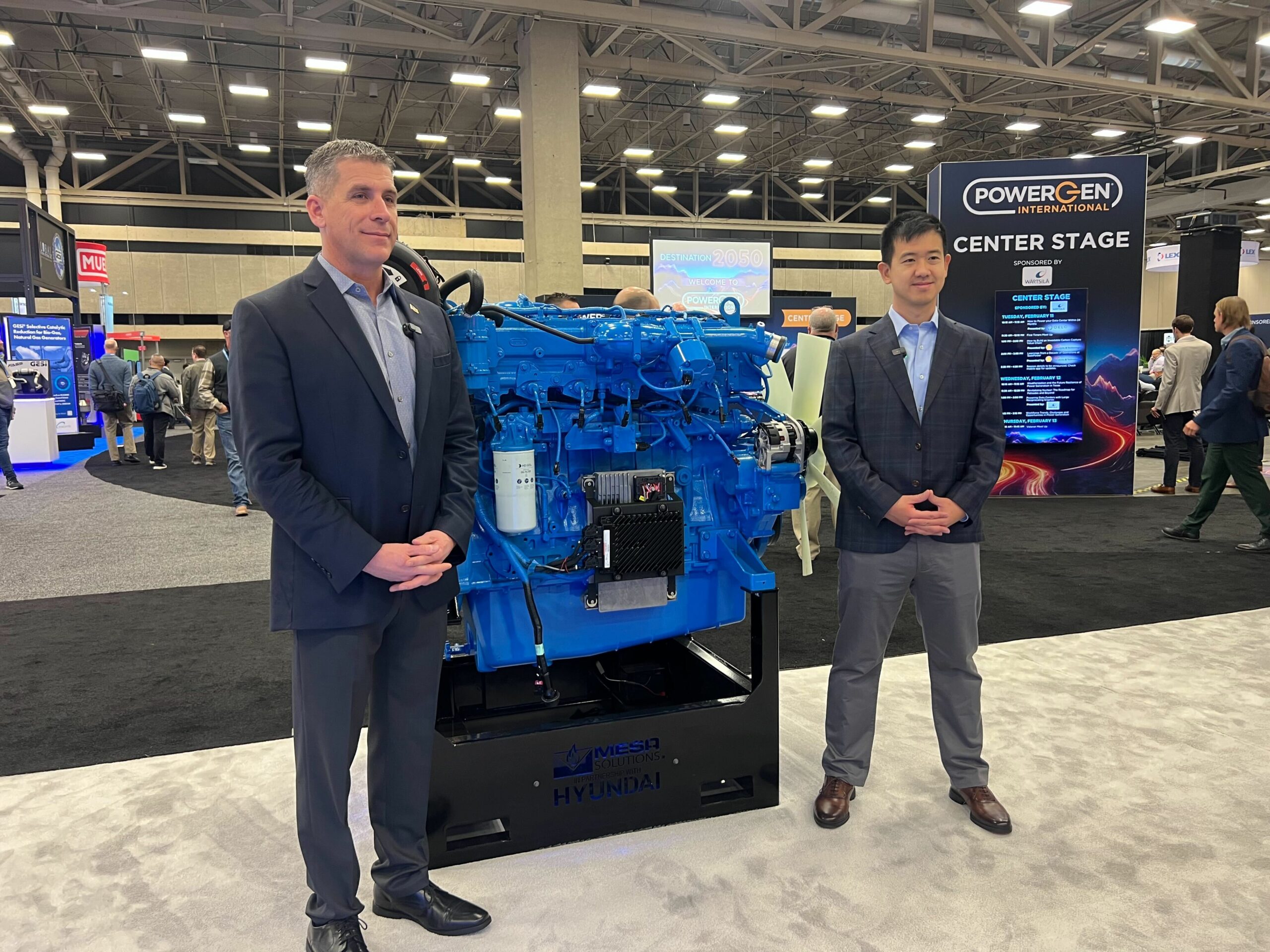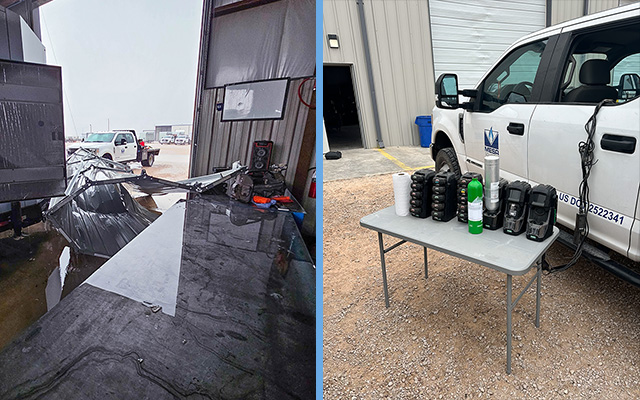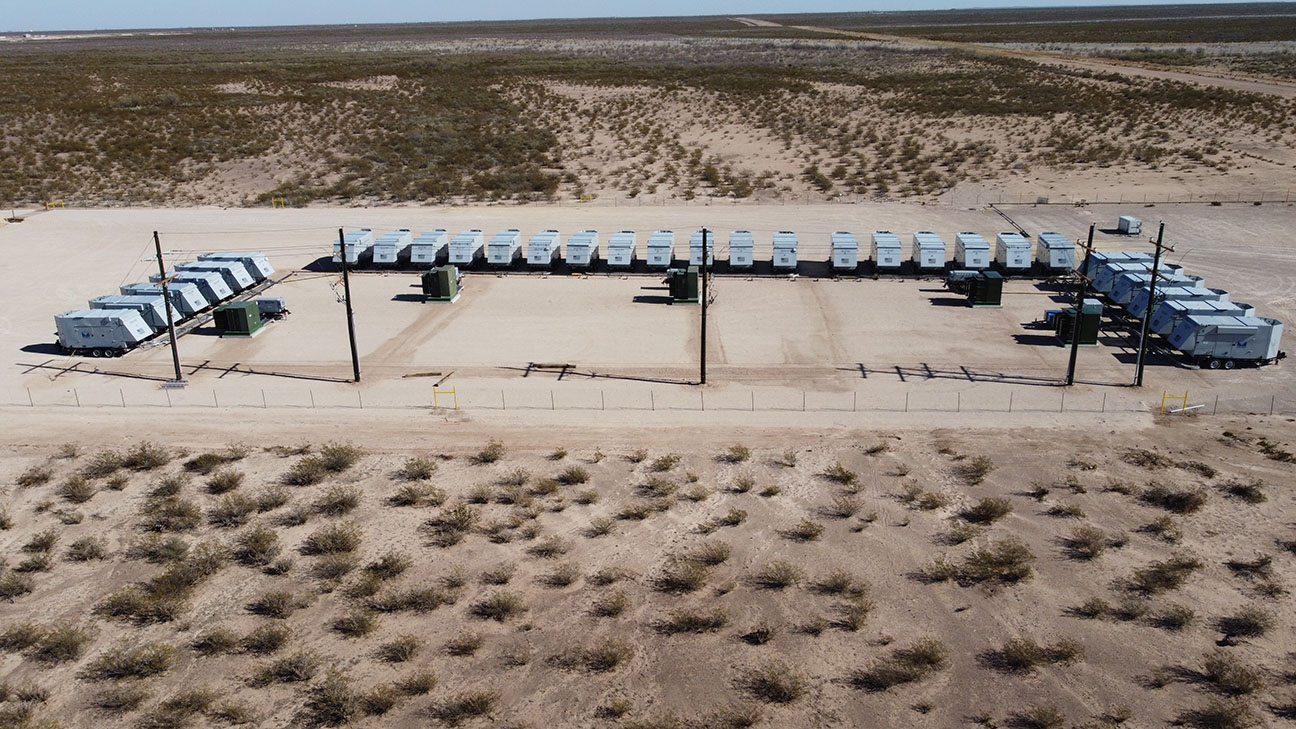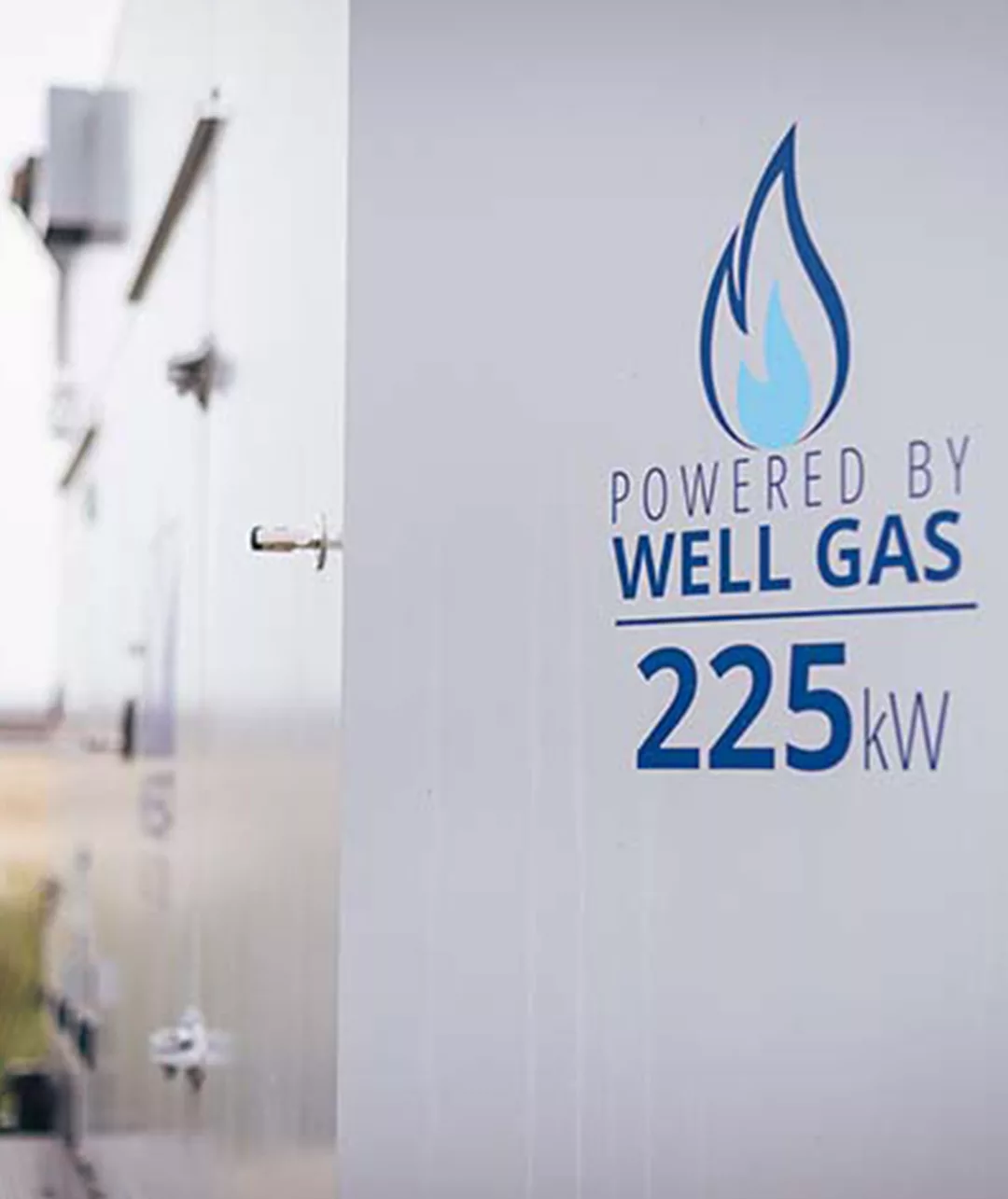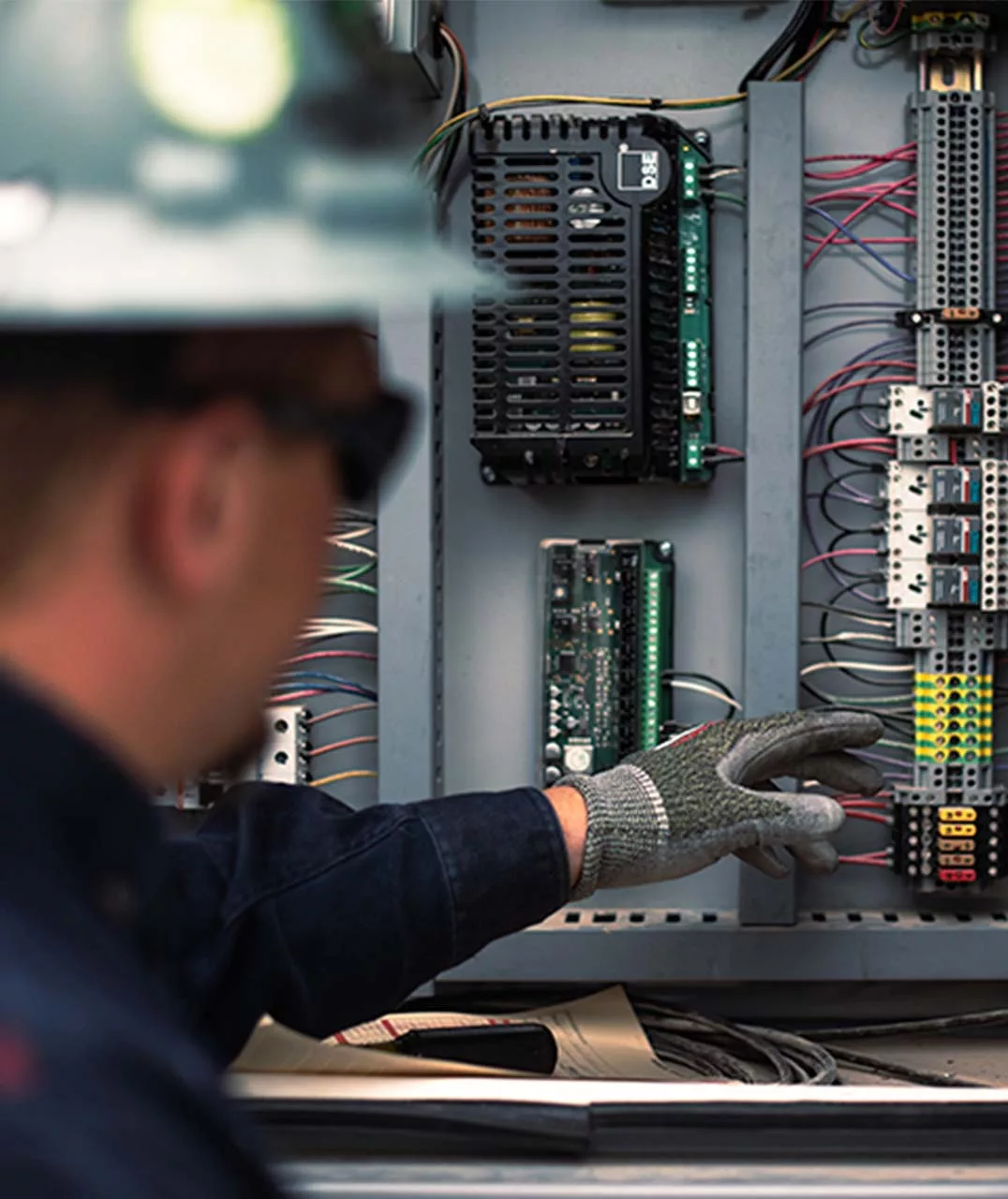Fossil fuel impacts on climate change are driving aggressive timelines for local and state governments to eliminate fossil fuels from electricity production. Oil and gas companies, automobile manufacturers, investor-owned utilities and other fossil fuel-reliant companies are pledging to reduce or eliminate their reliance on emission-generating products by 2050, 2040 and even 2035.
Is a more rapid conversion to renewables and elimination of natural gas-powered energy production better for the environment? Mesa Solutions Energy Specialists are taking a more holistic look at the impact of power and finding that may not be the case.
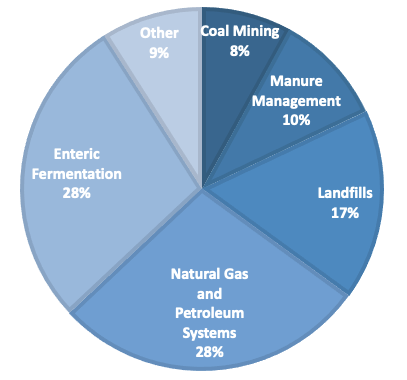
- Methane Occurs Naturally
Methane is a result of natural processes. No amount of solar, wind, fuel cell or geothermal transition will stop methane production. In fact, electrical generation only accounts for 27% of total greenhouse gas emissions (GHG).¹ While 50-65% of methane emissions are caused by human activity.²
36% of methane emissions are from mining, natural gas and oil extraction.³ The extraction of oil isn’t going away anytime soon. Oil is used to develop and manufacture nearly all household and industrial items. Despite current, concentrated efforts to reduce reliance on fossil fuels, including oil, the U.S. Energy Information Administration (EIA) estimates that by 2050, liquid fuels will still account for 35% of energy consumption, only down 2% from 2019.⁴ With this continued reliance on and production of oil, we will see the natural biproduct of methane.
The immediate elimination of natural gas to produce electricity does not eliminate methane from entering the atmosphere.
2. Properly Combusted Methane Is Less Harmful To The Environment
Post-combustion methane from a generator produces far less emissions than vented or flared methane. It has only slightly higher carbon dioxide (CO2e) emissions than solar panel production. In fact, Mesa natural gas generators can be fueled by the flared methane that would normally be flared or vented in oil fields and refineries to reduce overall pollution.
Controlled capture and combustion of methane may reduce the overall impact of methane emissions while providing a reliable source of electricity by using natural gas generators as microgrids.
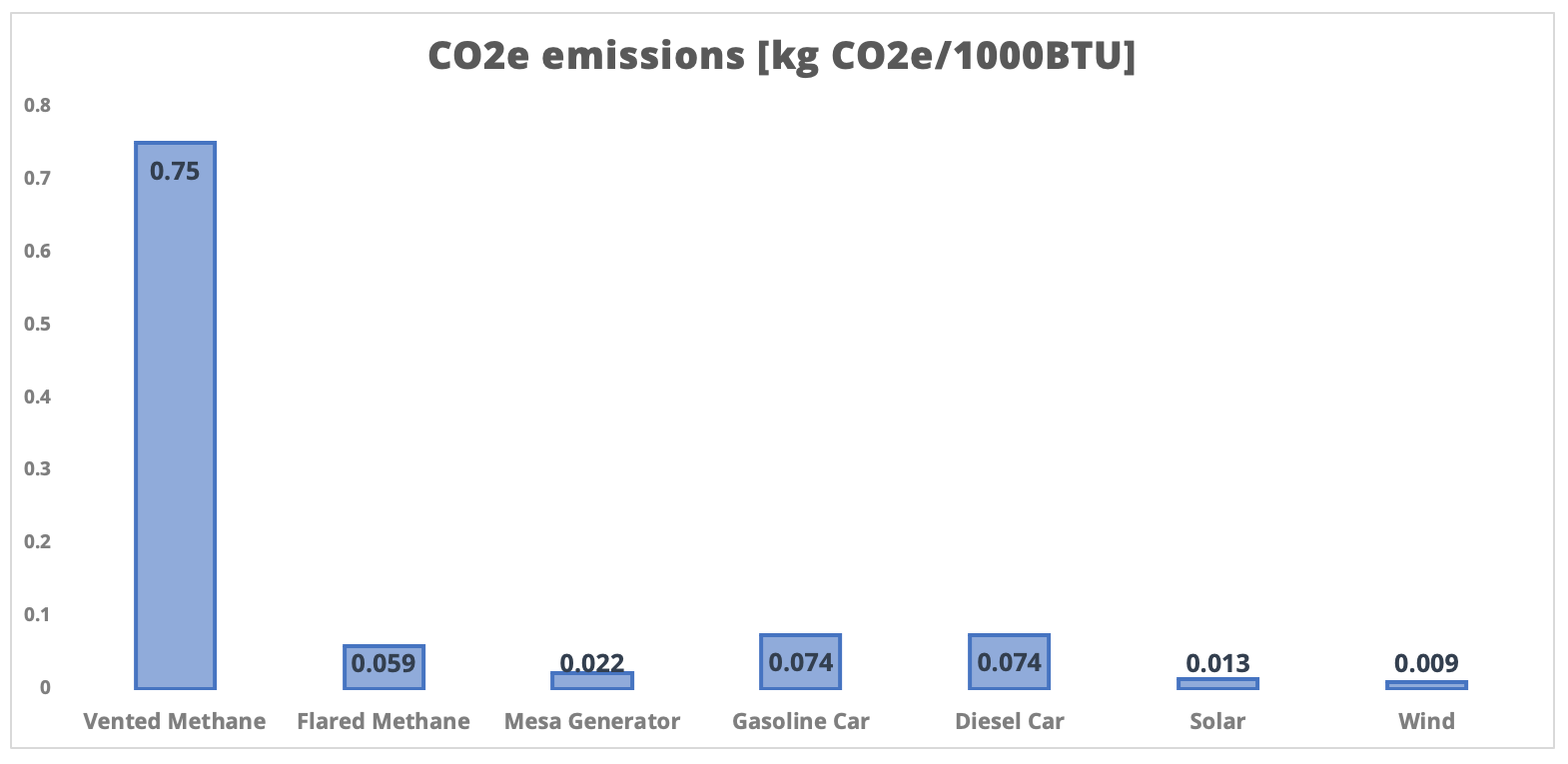
3. No Solution For Waste Management of Solar Panels and Wind Turbine Blades
We currently lack the capacity to effectively process the waste generated by replaced solar photovoltaic (PV) panels and wind turbine blades. A problem poised to escalate as the vast majority of panels and blades near the end of their life cycle.
The International Energy Agency (UAEA) and International Renewable Energy Agency (IRENA) call for the development of PV-specific waste regulations and recycling capabilities in their June 2016 report.⁵ Nearly five years later and the world remains largely remiss on implementation of such programs. If not addressed immediately, waste PVs will begin to inundate local landfills.
In 2018, Forbes published “If Solar Panels Are So Clean, Why Do they Produce So Much Toxic Waste?” The article describes how the solar industry is struggling to address this issue of reuse and recycling when “few environmental journalists [are] willing to report on much of anything other than the good news about renewables.” Instead, raising the alarm is falling to environmental scientists and solar industry leaders.⁶
Without mandates and incentives encouraging the recycling of PV panels, it looks unlikely end users or producers will assume the costly expense of proper, sustainable waste management. The costs to recycle far exceed the value of the materials obtained, and the elimination or reduction of precious metals in the panels further reduces desire to recycle or reuse old panels.
Time is of the essence. The Environmental Protection Agency (EPA) is already proclaiming that the industry is, “straining recycling and disposal capabilities” with only two states taking action to regulate – Washington and California.⁷
Bulkier and less cost-effective to recycle, turbine blades are proving to be even more concerning than PV panel waste. Up to 200 feet long and weighing more than 5 tons, turbine blades are composed of fiberglass or carbon fibers and resins. They are difficult and costly to transport and handle. Estimates indicate thousands are approaching the end of their useful life and will need to be replaced worldwide. For the next 4 years, about 8,000 a year will come down in the U.S. alone.⁸ Most, end up in landfills. Like PV panels, turbine blade waste management efforts have just begun and are ill-equipped to handle the vast numbers set to retire in the near future.
The EPA declares, “Windmills are perhaps the least energy-producing & most physically difficult renewable waste stream to deal with.”⁹
Although not hazardous in themselves, the EPA identified significant risk of ground and water contamination occurring from fluid leaks and fluid dumps. Cases are also occurring where turbine owners go bankrupt or decommission a site and fail to dispose of components and return the land to its pre-existing condition. Landowners then become responsible and typically leave windmills in place to deteriorate.¹⁰
4. Renewables Deplete Rare Earth Minerals and Cause GHG Emissions
Rare earth and other elements like cadmium, cobalt, lithium and silver are used in PV panels, battery storage systems and windmill construction. Demand for complete transition to renewables will exceed known reserves for some of the required elements.
It’s important to note that…
We are rapidly depleting rare earth minerals and other critical resources to support renewable energy.
The mining of these minerals for renewable energy causes GHG emissions.
Many comparisons of global warming potential (GWP) between clean energy and fossil fuel technologies are biased. The calculations favor renewables because they don’t consider the entire life cycle of renewable resources as they do for fossil fuels. They omit the GHG emissions renewable resources generate from the required mining of rare earth elements and don’t consider the harmful consequences of the waste management discussed above.
Renewables have a lower carbon footprint but the total renewable GHG impact will remain unknown until we are willing to assess the entire life cycle.
Environmental impact calculations are complicated further with most rare earth and other critical mineral mining occurring outside the United States. Foreign companies and governments may not be as committed to protecting human health and the environment. In addition to harming the earth we share, importation could lead to and be greatly impacted by geopolitical disagreements and popular unrest. Our inability to source these supplies from within our borders can lead to a multitude of problems we don’t incur with the natural gas we retrieve from our own soil.
 5. There Isn’t Always Space For Renewable Resources
5. There Isn’t Always Space For Renewable Resources
A standard Mesa Solutions 350kW natural gas generator takes up approximately 240 SF. To produce the same amount of electricity, a customer would need 745 SunPower X21-470-COM panels.¹¹ Assuming zero additional space between panels and no other SF allowance for required cables, wires, controllers or battery storage; a solar system of comparable energy output would require more than 17,000 SF. Densely populated urban areas will not have the space to accommodate. A standard 1.5 MW General Electric (GE) wind turbine requires 32 acres of space.¹² To generate the same amount of electricity, one would need five Mesa Solutions 350kW natural gas generators and only 1,200 SF. This doesn’t take into consideration the height requirements needed by a wind turbine. Similar to solar, wind energy is not a solution to be housed in urban areas.
6. Large-scale Solar Plants Increase Temperature
Large-scale solar plants alter how incoming sunlight/energy is absorbed by the earth and reflected back into the atmosphere. This disruption creates a photovoltaic “heat island” effect (PVHI). The PVHI presents two significant issues.
PVHI raises the surrounding temperature and may increase energy requirements in warmer climates where additional cooling may be needed. PVHI has an unknown environmental impact likely resulting in ecosystem degradation like desertification.
7. Natural Gas Generators Can Burn Biofuels
Select manufacturers like Mesa Solutions, engineer advanced natural gas generators to allow for the combustion of any gas within a BTU range of 750 to 2,500 per standard cubic foot. This includes wellhead gas, liquified and compressed natural gas, and propane. As biofuels become widely available and the world begins to revert to this fuel supply as the next step on our journey to a zero carbon footprint, natural gas generators will still be useful and needn’t be disposed of. These units can easily be adjusted with the flip of a switch to utilizing those source gases. An investment in natural gas generators today will continue to pay dividends as we transition to cleaner energy.
We have a long journey ahead in the race to achieve a zero carbon footprint. Our ultimate goal does need to transition away from fossil fuels and towards renewables. However, we need to recognize the renewable resource industry is in its infancy. To ensure hasty adoption isn’t met with catastrophic consequences, we need to holistically examine the impact renewables have on the environment, enact legislation to ensure those impacts will be minimized, and leverage greener power sources like natural gas generators to bridge the transition.
EPA, (February 11, 2021). Greenhouse Gas Inventory Data Explorer, https://cfpub.epa.gov/ghgdata/inventoryexplorer/.
EPA, (February 11, 2021). Overview of Greenhouse Gases, “Methane Emissions”, https://www.epa.gov/ghgemissions/overview-greenhouse-gases#:~:text=Human%20activities%20emitting%20methane%20include,sources%20such%20as%20natural%20wetlands.&text=Methane%20is%20emitted%20from%20energy,waste%20management%20activities%2C%20described%20below.
Ibid.
EIA, (February 17, 2021 ). Oil and Petroleum Products Explained, “Use of Oil”, https://www.eia.gov/energyexplained/oil-and-petroleum-products/use-of-oil.php.
Stephanie Weckend, Andreas Wade, and Gavin Heath, (June 2016). International Energy Agency and International Renewable Energy Agency, End-of-Life Management Solar Photovoltaic Panels, pgs. 11-12.
Michael Shellenberger, (May 23, 2018) “If Solar Panels Are So Clean, Why Do They Produce So Much Toxic Waste?”, Forbes, https://www.forbes.com/sites/michaelshellenberger/2018/05/23/if-solar-panels-are-so-clean-why-do-they-produce-so-much-toxic-waste/?sh=2bb3297e121c.
EPA, (January 2021). Renewable Energy Waste Streams Preparing for the Future Briefing Paper, https://www.epa.gov/newsreleases/epa-releases-briefing-paper-renewable-energy-waste-management . The Webpage linked to the paper currently claims the paper was originally posted on January 6, 2021 but has been removed while the agency completes its review. Facts from the paper are noted as the EPA did not rescind the paper or any of its content. The Webpage address noted is for the press announcement that the paper had been released.
Chris Martin, (February 7, 2021). “Wind Turbine Blades Can’t Be Recycled, So They’re Piling Up in Landfills”, Bloomberg, https://www.bloomberg.com/news/features/2020-02-05/wind-turbine-blades-can-t-be-recycled-so-they-re-piling-up-in-landfills.
EPA, (January 2021).pgs. 2, 10-11.
Ibid.
SunPower X-Series Data Sheet (February 22, 202). SunPower® X-Series Commercial Solar Panels | X21-470-COM | Module Datasheets USA.
National Wind Watch, (February 20,2021). National Wind Watch | Size of Industrial Wind Turbines (wind-watch.org).
